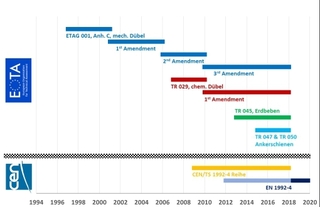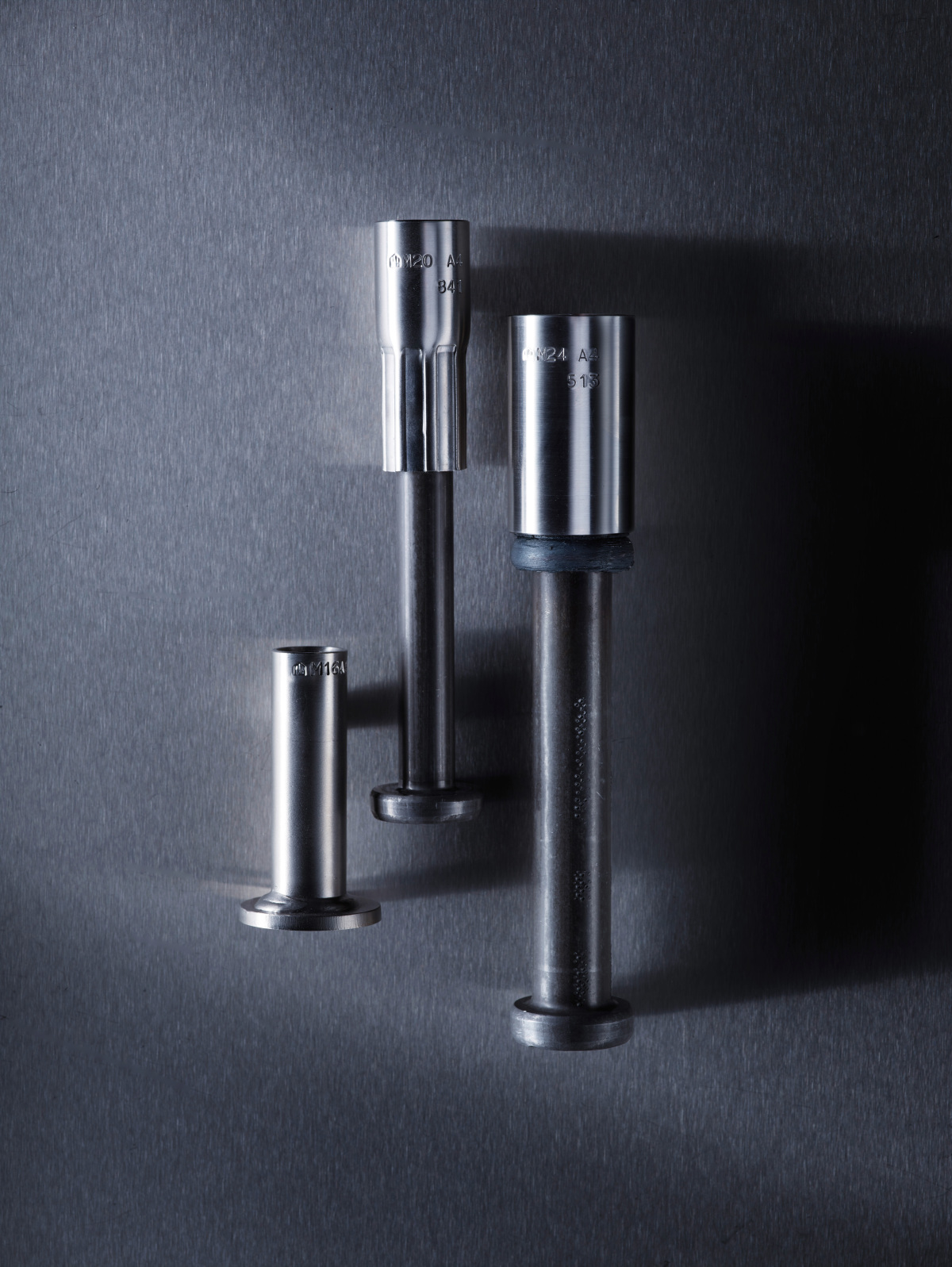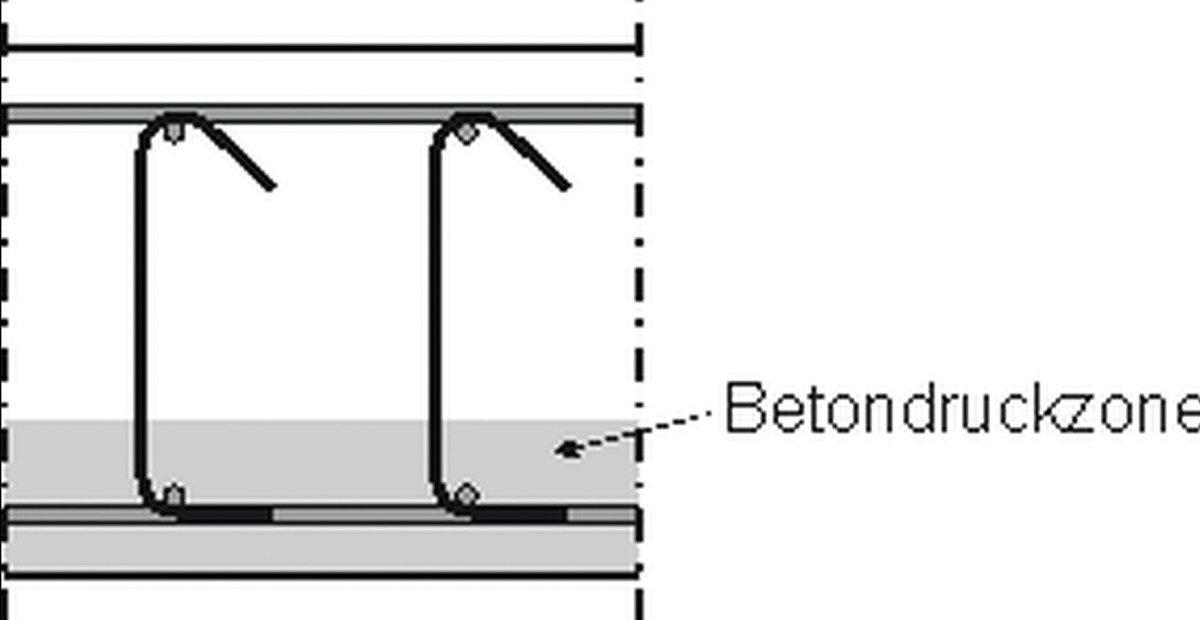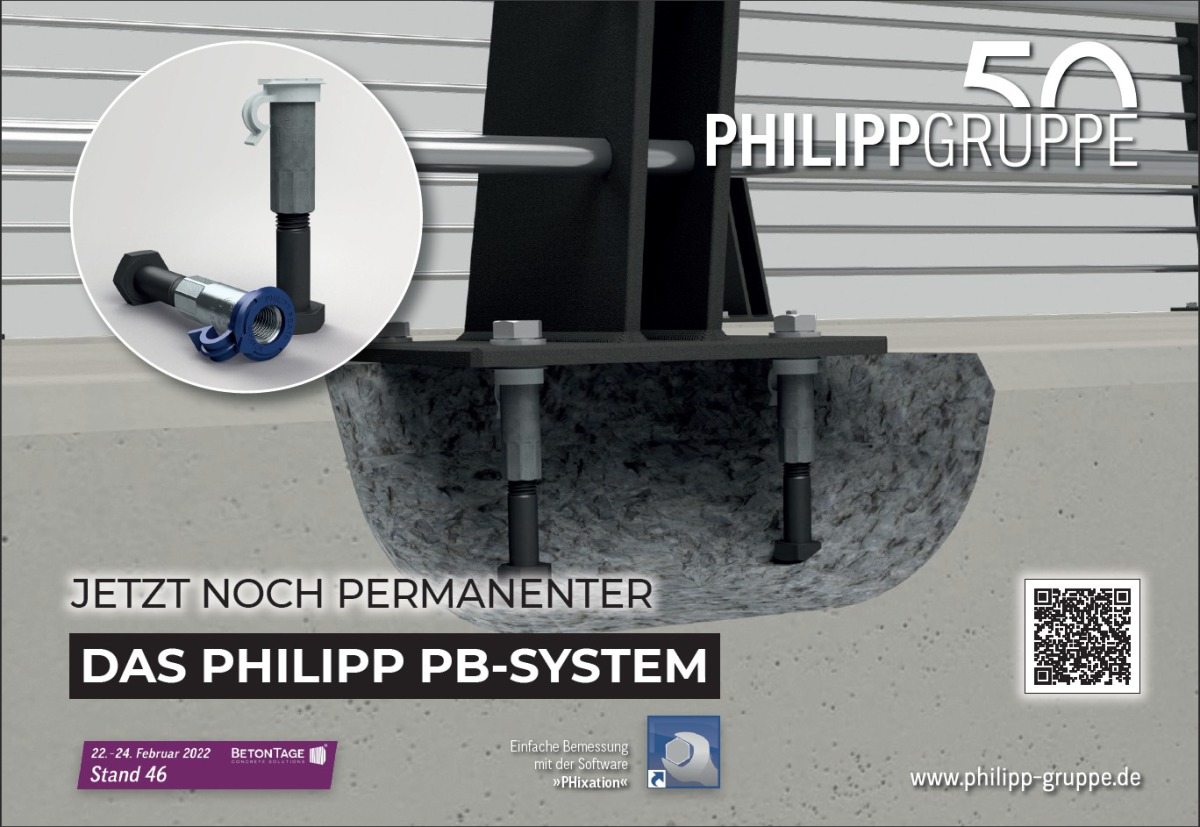Design of fastenings in concrete - Publication of the new standard
01.04.2019
 Temporal development of different design guidelines for the design of fastenings in concrete (Stand Ende 2018) (Figure: ECS)
Temporal development of different design guidelines for the design of fastenings in concrete (Stand Ende 2018) (Figure: ECS)
The design of fastenings in concrete will in future be regulated and described in Part 4 of Eurocode 2 (EN 1992-4). With the publication of EN 1992-4 in spring 2019, the design of fasteners in concrete will be regulated for the first time in a standard and not in directives or technical specifications, as was previously the case. This is an important and significant step for fastening technology.
The new standard summarizes the design of various fastening systems and different actions in a central document. This is a significant advantage, as the design of fasteners in concrete was in the past distributed over numerous individual documents (see Figure 1). EN 1992-4 contains both the design of cast-in systems (anchor channels and headed studs) and the design of post installed fastenings (metal expansion anchors, undercut anchors, concrete screws, bonded anchors and bonded expansion anchors). Design rules for a wide variety of action categories are recorded in a common document and the design for static and quasi-static actions as well as for fatigue and earthquake loading are regulated. The design under fire exposure is also considered in the new Part 4 of EC2. EN 1992-4 contains some opening clauses with the possibility of national regulations.
Booklet additionally published in English
EN 1992-4, with its revision and additions, represents the current state of the art for the design of fastenings in concrete and enables efficient and economical design. The safety concept for fastenings in concrete is now also directly integrated into the general safety concept of the Eurocodes and especially into the safety concept for reinforced concrete structures. In addition, the Europe-wide introduction guarantees a uniform procedure.
The design of fastening elements in concrete is becoming more important in construction practice due to its integration as part 4 of Eurocode 2, and thus receives greater attention from civil engineers. As a result, the German Committee for Structural Concrete (DAfStb) had already decided during the preparation of EN 1992-4 to develop a commentary booklet on EN 1992-4 as part of its series of publications. DAfStb booklet 615 is intended to facilitate the practical understanding and use of EN 1992-4 by explaining and presenting scientific principles. In order to significantly increase the acceptance of the commentary booklet among the broad experts community also outside Germany, the booklet is additionally published in English.
The first part of the booklet contains explanations of the text of the standard, notes on the derivations of many regulations, as well as supplementary application rules. The second part explains the technical reports cited in the standard. The comments in the first and second parts of the booklet were prepared by the DAfStb Technical Subcommittee "Fastening Technology" and adopted in a procedure similar to a standard, i.e. in consensus between all groups involved.
The third part of the booklet contains articles written by members of the DAfStb Subcommittee "Fastening Technology" under their own responsibility and containing further explanations on selected topics. The contributions essentially originate from the cooperation of the authors in the working groups for the development of EN 1992-4. The contributions deal in particular with applications, which are not covered in EN 1992–4 and offer engineering solutions.
Text: Dr. Thomas M. Sippel
CONTACT
Deutscher Ausschuss für Stahlbeton e. V. (DAfStb)
Budapester Straße 31
10787 Berlin/Germany
+49 30 269313-20




